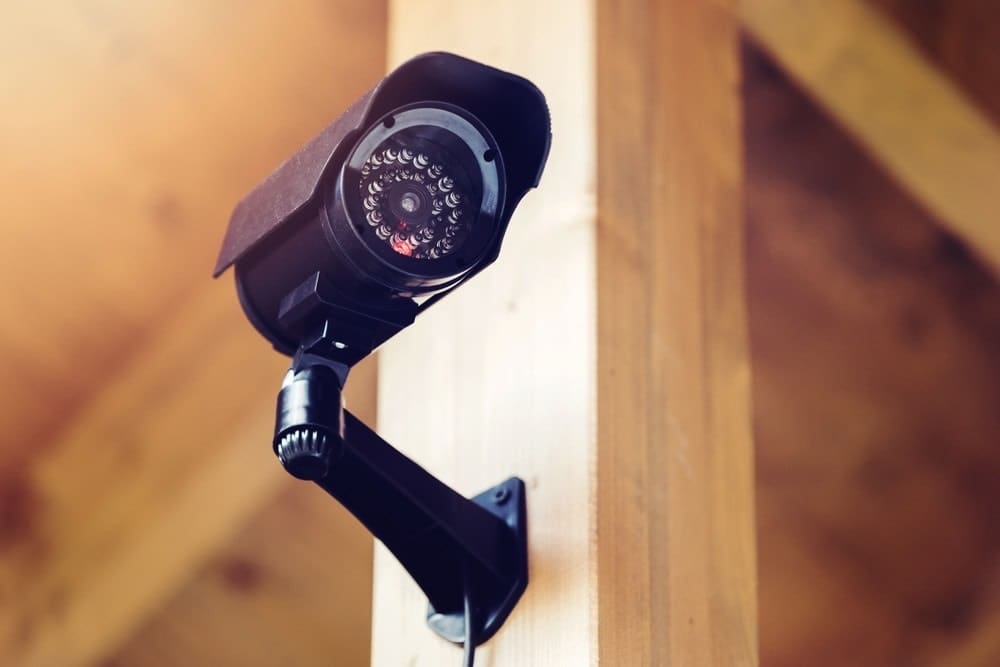In part 2 of his series on monitorships, Jay Rosen discusses what it means to work with a monitor in the wake of a settlement with a regulatory agency, as well as the scenarios in which a post-resolution monitorship might be employed.
A post-resolution monitorship is essentially a situation where a government agency and a private organization – whether a corporation or a nonprofit organization – agree in the course of settling a dispute or a matter between the two entities that the regulator will use a monitor to ensure any specific conditions of the settlement agreement are met. In most cases, an independent third party is engaged for this purpose.
FCPA Context
Post-resolution monitorships are well-known to the compliance community through Foreign Corrupt Practices Act (FCPA) enforcement actions.
Other kinds of enforcement scenarios could involve state Attorneys General that perhaps are investigating and settling cases with companies involving consumer protection or even civil rights cases. State regulatory boards, medical boards and other types of licensing institutions and various states could sign agreements that require a monitor to ensure conditions of those agreements are satisfied. Of course, there are situations where there is court-ordered enforcement as a result of a settlement and a monitor is required to report to the court on both parties’ compliance with that agreement.
Compliance with Consent Decrees
Monitorships have been employed in anti-trust scenarios to ensure compliance not with consent decrees, but with Federal Trade Commission or Federal Communications Commission-approved merger conditions.
An example would be the merger conditions between DirecTV and AT&T. In that case, the monitor was charged with reviewing and assessing compliance with certain merger conditions. There was no enforcement action and no wrongdoing, but a mutual recognition by all parties involved of the need for a truly independent third party to assess compliance with acquisition conditions.
An example would be the merger conditions between DirecTV and AT&T. In that case, the monitor was charged with reviewing and assessing compliance with certain merger conditions. There was no enforcement action and no wrongdoing, but a mutual recognition by all parties involved of the need for a truly independent third party to assess compliance with acquisition conditions.
One thing about the post-resolution monitorship is that, if viewed as a tool for compliance, a wider variety of uses can be envisioned. In the FCPA world, we have seen shareholder actions brought against boards of directors and companies for failing in their duties to put compliance programs in place. Occasionally, these actions are resolved before the conclusion of a FCPA investigation or enforcement action.
When does post-resolution monitorship have the impact of a pre-settlement monitorship?
If you had a post-settlement monitorship for the shareholder action, both the findings of the monitor and the monitor’s report could potentially help the recalcitrant company under the FCPA Corporate Enforcement Policy. In such a scenario, a post-resolution monitorship could have the impact of a pre-settlement monitorship.
Often, a monitor could come in and collect information on what one or both parties are doing to help facilitate a settlement. Matters such as consumer protection issues. Affiliated Monitors, Inc. (“AMI”) has performed monitorships where state agencies have investigated consumer protection, with AMI coming in as a “secret shopper” to determine whether an organization is, in fact, doing what it is supposed to be doing.
Only Scratched the Surface
So far, we have only scratched the surface of the myriad applications and uses of an independent, credible third party to facilitate the resolution of disputes. There are also numerous ways where a third party is engaged to help a client resolve issues with a regulator.
As we have seen at AMI over the past 15 years, the number of ways is almost infinite or, at the very least, limited to your imagination.
The bottom line is that there is certainly no finite number of categories for the post-resolution monitorship. They can be utilized in a wide variety of ways to help facilitate not only resolution of enforcement actions, but also compliance with a wider variety of cares, concerns and issues.
In case you missed the earlier installment in this ongoing series, please see the link below.
Part 1: Corporate Monitorship 101: Who Are They, and What Can You Expect?









